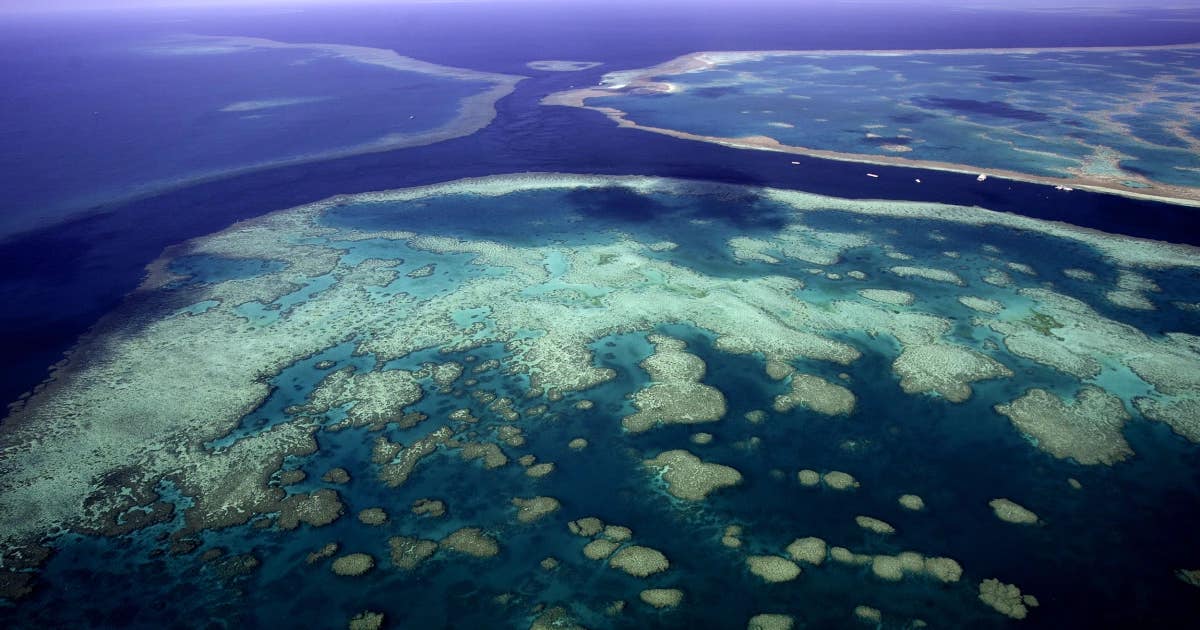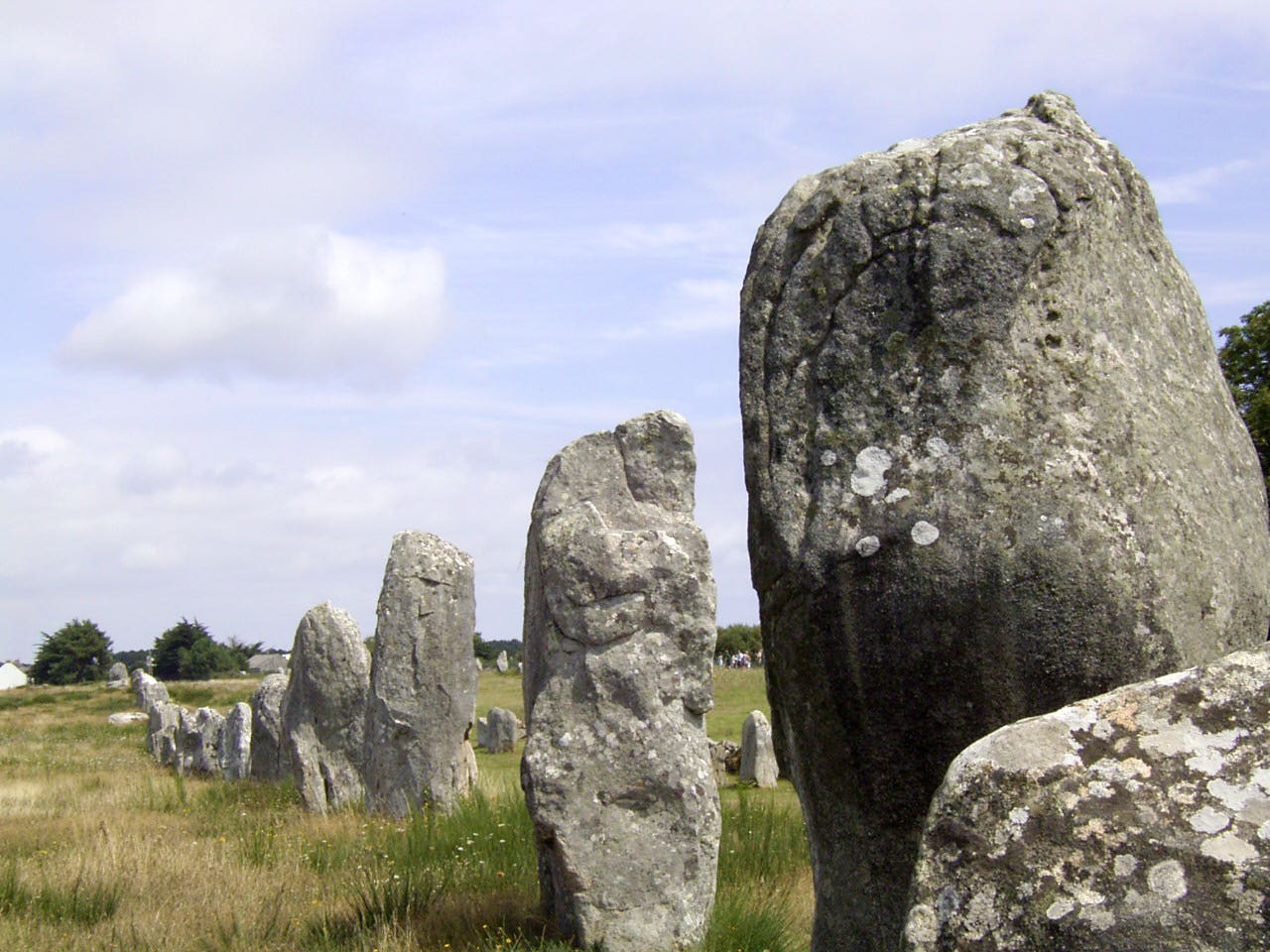Giant structure taller than the Empire State Building discovered off the coast of Australia
Scientists exploring Australia’s Great Barrier Reef have uncovered a towering new reef that rises 500 meters (about 1,600 feet) from the seafloor.

In an astonishing revelation from the depths of Australia’s Great Barrier Reef, scientists have unveiled the discovery of a “massive” new reef. (CREDIT: CC BY-SA 3.0)
Scientists exploring Australia's Great Barrier Reef have uncovered a towering new reef that rises 500 meters (about 1,600 feet) from the seafloor.
This massive underwater structure surpasses the heights of some of the world's most famous buildings, including the Empire State Building in New York and Malaysia’s Petronas Twin Towers. The discovery sheds new light on the hidden geological wonders of the ocean.
The reef was found off the coast of North Queensland by researchers aboard the Falkor, a vessel operated by the Schmidt Ocean Institute. It is the first reef of its kind to be discovered in more than a century.
The team stumbled upon the towering structure while conducting a detailed mapping survey of the northern Great Barrier Reef, revealing an ecosystem that had remained hidden in plain sight.
At 500 meters tall, the newfound reef dwarfs several architectural landmarks. By comparison, the Empire State Building reaches just 381 meters to its highest occupied floor, while Sydney Tower stands at 305 meters. Even the Petronas Twin Towers, which stretch to 451.9 meters, fall short of this newly discovered natural giant.
Deep Robotic Exploration
To further investigate the reef, scientists deployed SuBastian, an advanced underwater robotic explorer. Equipped with high-definition cameras and sophisticated sensors, SuBastian provided an unprecedented close-up view of the structure. The remotely operated vehicle captured footage of the reef’s unique topography, unveiling intricate coral formations and diverse marine life.
Beyond its role in exploration, SuBastian allowed researchers to share their findings with a global audience. The live-streamed footage enabled scientists, students, and marine enthusiasts worldwide to witness the discovery in real time. This public engagement emphasized the significance of deep-sea research and the potential for further underwater revelations.
The reef's base, described as "blade-like," stretches 1.5 kilometers wide (almost 1 mile) and rises steeply, reaching its shallowest point 40 meters below the ocean's surface.
Interestingly, while this new reef stands out due to its recent discovery, it's not entirely alone. The area is home to seven other towering detached reefs, including the one at Raine Island, renowned as a vital nesting site for green turtles.
Leading the expedition was Robin Beaman, who expressed his sheer astonishment. "To not only 3D map the reef in detail but also visually see this discovery with SuBastian is incredible," Beaman shared. The sentiment is a testament to the technological advancements that allow for such intricate ocean exploration.
Wendy Schmidt, co-founder of the Schmidt Ocean Institute, echoed this sense of wonder. "This unexpected discovery affirms that we continue to find unknown structures and new species in our ocean," she stated, adding, "The state of our knowledge about what's in the ocean has long been so limited.
Related Stories
Thanks to new technologies that work as our eyes, ears, and hands in the deep ocean, we have the capacity to explore like never before. New oceanscapes are opening to us, revealing the ecosystems and diverse life forms that share the planet with us."
A Precious Ecosystem Under Threat
Spanning nearly 133,000 square miles, the Great Barrier Reef is the largest of its kind on our planet. This vibrant underwater ecosystem is teeming with life, housing over 1,500 fish species, 411 varieties of hard corals, and numerous other marine species.
However, behind the wonder of this discovery lies a grim reality. The Great Barrier Reef faces grave challenges. Recent studies have delivered concerning data, showing that the reef has witnessed a loss of 50% of its coral populations in merely the last three decades.
A significant factor behind this disturbing trend is climate change, which is rapidly altering and disturbing this once-thriving ecosystem.
While the discovery of the new reef offers a glimmer of hope and wonder about the ocean's mysteries, it also underscores the urgency to address the looming threats.
Our ocean continues to surprise us, but it also serves as a reminder of the delicate balance and profound interdependence of life on Earth.
Note: Materials provided above by The Brighter Side of News. Content may be edited for style and length.
Like these kind of feel good stories? Get The Brighter Side of News' newsletter.
Joseph Shavit
Head Science News Writer | Communicating Innovation & Discovery
Based in Los Angeles, Joseph Shavit is an accomplished science journalist, head science news writer and co-founder at The Brighter Side of News, where he translates cutting-edge discoveries into compelling stories for a broad audience. With a strong background spanning science, business, product management, media leadership, and entrepreneurship, Joseph brings a unique perspective to science communication. His expertise allows him to uncover the intersection of technological advancements and market potential, shedding light on how groundbreaking research evolves into transformative products and industries.



